

Identifying risk factors and the impact on wheelchair riders




Identifying risk factors and the impact on wheelchair riders

Soon after Mobility Management began publishing in the spring of 2002, our owner at the time asked me if there were really enough seating and wheeled mobility topics to keep us going for years.
“Of course!” I laughed.
That’s been entirely true; the list of stories I’d love to write just keeps getting longer. But it’s also fun to look back to see how far we’ve come.

Microclimate wasn’t a word I knew 20 years ago, or maybe even 10 years ago. When I was learning about pressure injuries in the early 2000s — back when they were called pressure ulcers — there were four stages, and health-care professionals were told to watch for redness on patients’ skin.
Thanks to years of research by experts, today we know about deep tissue injuries and unstageable injuries. We know that early-stage pressure injuries look different on darker skin versus lighter skin (the National Pressure Injury Advisory Panel has posters: npiap.com). But we didn’t know that 20-plus years ago. I’ve heard anecdotally that before the etiology of deep tissue injuries was well understood, a wound care nurse could see what looked like a stage 1 pressure ulcer on a patient on a Friday afternoon, go home for the weekend, then be stunned to learn on Monday morning that the wound had become a stage 3 or 4.
When I was talking to Nicole LaBerge, PT, ATP, commercial product manager for Permobil Americas, about this, I suggested that back then, nurses must have wondered what they were missing when a wound inexplicably progressed at lightning speed. Nicole, who worked for years in a wound care setting before moving to seating and wheeled mobility, rattled off a list of factors we now know to raise injury risk, from smoking to poor hydration, blood sugar, shear forces, nutrition, and of course, microclimate.
That’s one of the reasons this industry still fascinates me. The learning is constant. And our story starting on page 4 is just the beginning, because our knowledge of microclimate is still evolving. I love contemplating what more we’ll know about microclimate in another decade.
Speaking of our earliest issues, I wrote about a 5-year-old who got his first power wheelchair just in time to be the ring bearer at a family member’s wedding. Back then, 5 years old seemed pretty young to be operating a power chair. Today, many kiddos get their first chairs even before they taste their first birthday cake. Check out our pediatric Marketplace starting on page 12. m

Laurie Watanabe, Editor in Chief lwatanabe@wtwhmedia.com @CRTeditor

June 2025
mobilitymgmt.com
CO-FOUNDER & CHAIRMAN, WTWH MEDIA Scott McCafferty
CEO
EDITORIAL
Matt Logan
VP, EDITORIAL DIRECTOR Tim Mullaney
EXECUTIVE EDITOR Bob Holly
EDITOR IN CHIEF Laurie Watanabe lwatanabe@wtwhmedia.com
ART VP, CREATIVE DIRECTOR
SALES
SENIOR VICE PRESIDENT & HEAD OF CONTENT STUDIO
Matt Claney mclaney@wtwhmedia.com
Patrick Lynch
VP OF SALES Sean Donohue
INTEGRATED MEDIA CONSULTANT Randy Easton
Mobility Management (ISSN 1558-6731) is published 5 times a year, March/April, May/June, July/August, September/October, and November/December, by WTWH Media, LLC., 1111 Superior Avenue, Suite 1120, Cleveland, OH 44114.
© Copyright 2025 by WTWH Media, LLC. All rights reserved. Reproductions in whole or part prohibited except by written permission. Mail requests to “Permissions Editor,” c/o Mobility Management, 1111 Superior Avenue, Suite 1120, Cleveland, OH 44114.
The information in this magazine has not undergone any formal testing by WTWH Media, LLC, and is distributed without any warranty expressed or implied. Implementation or use of any information contained herein is the reader’s sole responsibility. While the information has been reviewed for accuracy, there is no guarantee that the same or similar results may be achieved in all environments. Technical inaccuracies may result from printing errors and/or new developments in the industry.
Corporate Headquarters: WTWH Media, LLC 1111 Superior Avenue, Suite 1120 Cleveland, OH 44114 https://marketing.wtwhmedia.com/
Media Kits: Direct requests to George Yedinak, 312-248-1716 (phone), gyedinak@wtwhmedia.com.
Reprints: For more information, please contact Laurie Watanabe, lwatanabe@wtwhmedia.com.






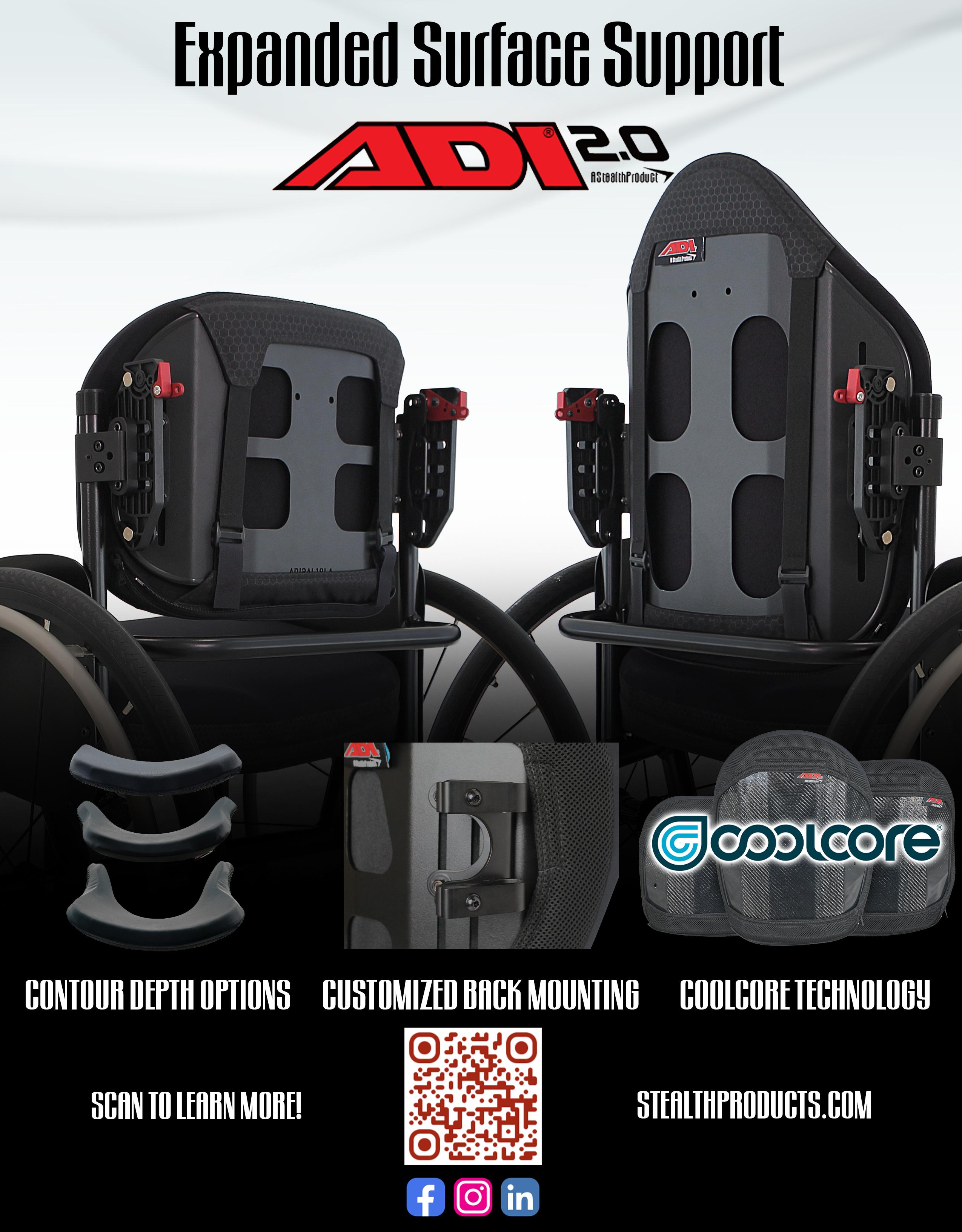
risks
wheelchair riders — and how technology can help
By Laurie Watanabe

So much about the art and the science of seating is about working effectively with factors that are unchangeable — the wheelchair rider’s diagnosis, progression of the condition, and past mobility equipment, just for starters.
Seating teams also need to account for inescapable factors such as pressure, which can be strategically managed, but never fully avoided.
That’s true as well for microclimate, whose management is critical for optimal seating outcomes.
What is microclimate?
Sunrise Medical’s clinical education team — Jessica Presperin Pedersen, OTD, MBA, OTR/L, ATP/SMS, director of clinical education, North America; Erica Walling, MPT, ATP/SMS, manager of clinical education, southeastern United States; Lindsey Veety, PT, DPT, ATP/SMS, manager of clinical education, northeastern United States; Karla Sonderland, MS, OTR/L, ATP, manager of clinical education, midwestern United States; and Christy Natale, DPT,
ATP/SMS, CRTS, manager of clinical education, western United States — teamed up to talk about microclimate.
“The term microclimate was coined in the 1950s to describe any climatic condition in a relatively small area,” they said. “Historically, the term has been used in a geographical, meteorological or topographical context. But as of late, it has made its way into the Complex Rehab industry to describe the mini atmosphere at the area of contact between the seat cushion and client.
“The National Pressure Injury Advisory Panel (NPIAP) defines microclimate as ‘the impact of a support surface on the temperature and humidity/moisture in a specified location at the body interface,’” the Sunrise Medical team added. “So the skin microclimate would include airflow, temperature, and humidity between the body and the surface of support.”
Bart Van der Heyden, PT, a physical therapist in private practice and owner of SuperSeating, described microclimate as a “very complicated” issue.
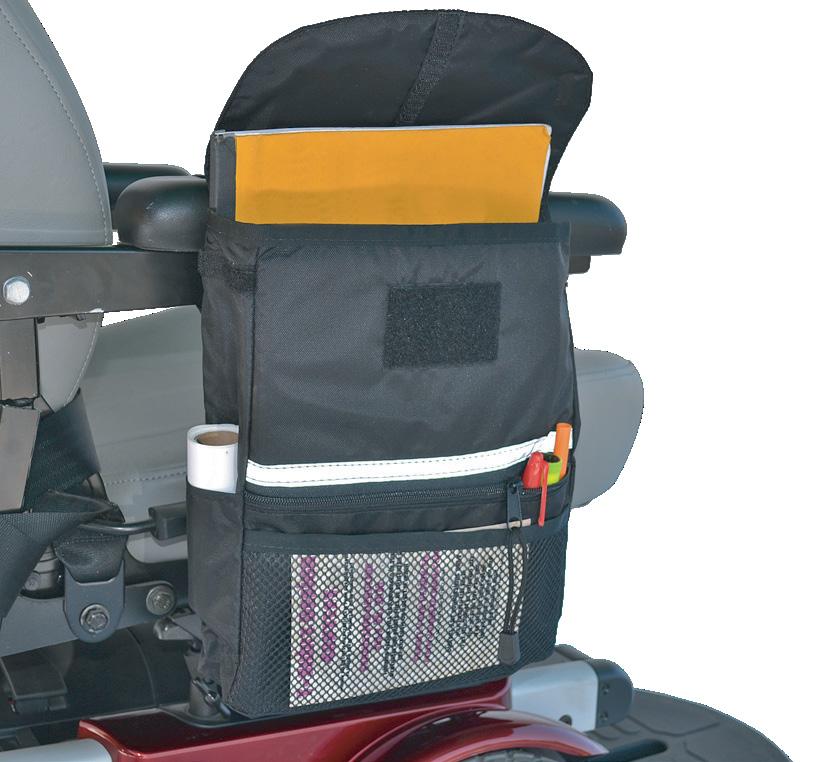
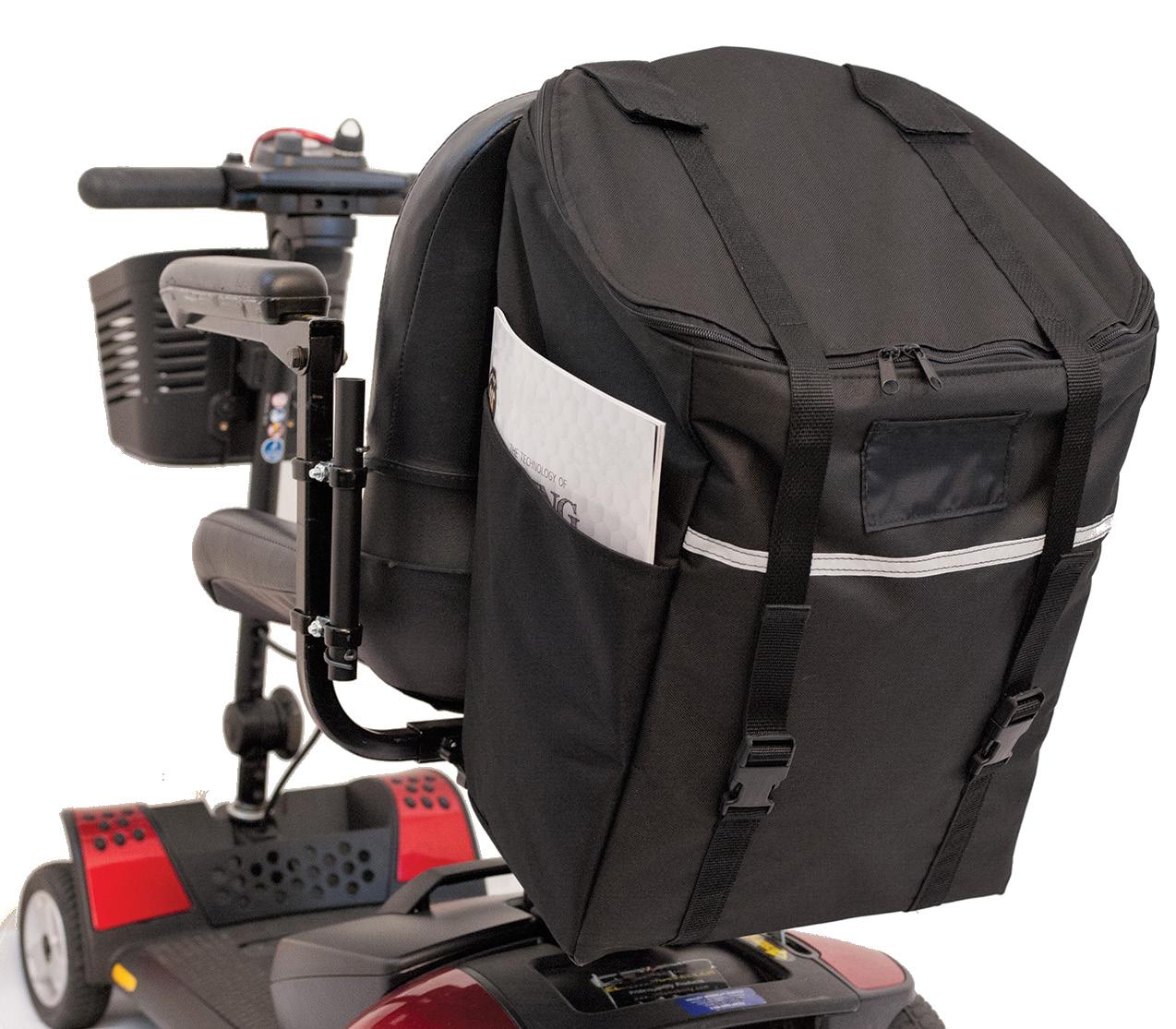
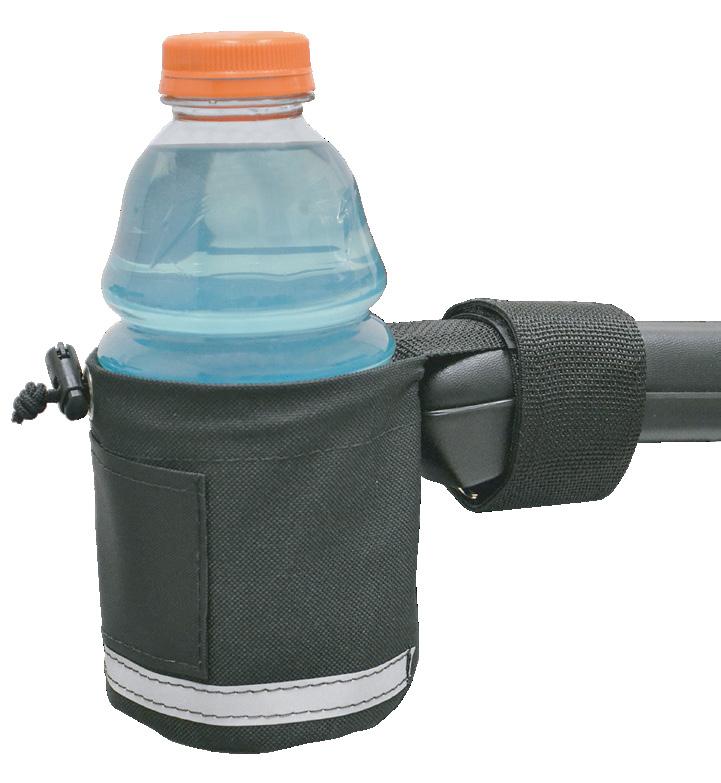

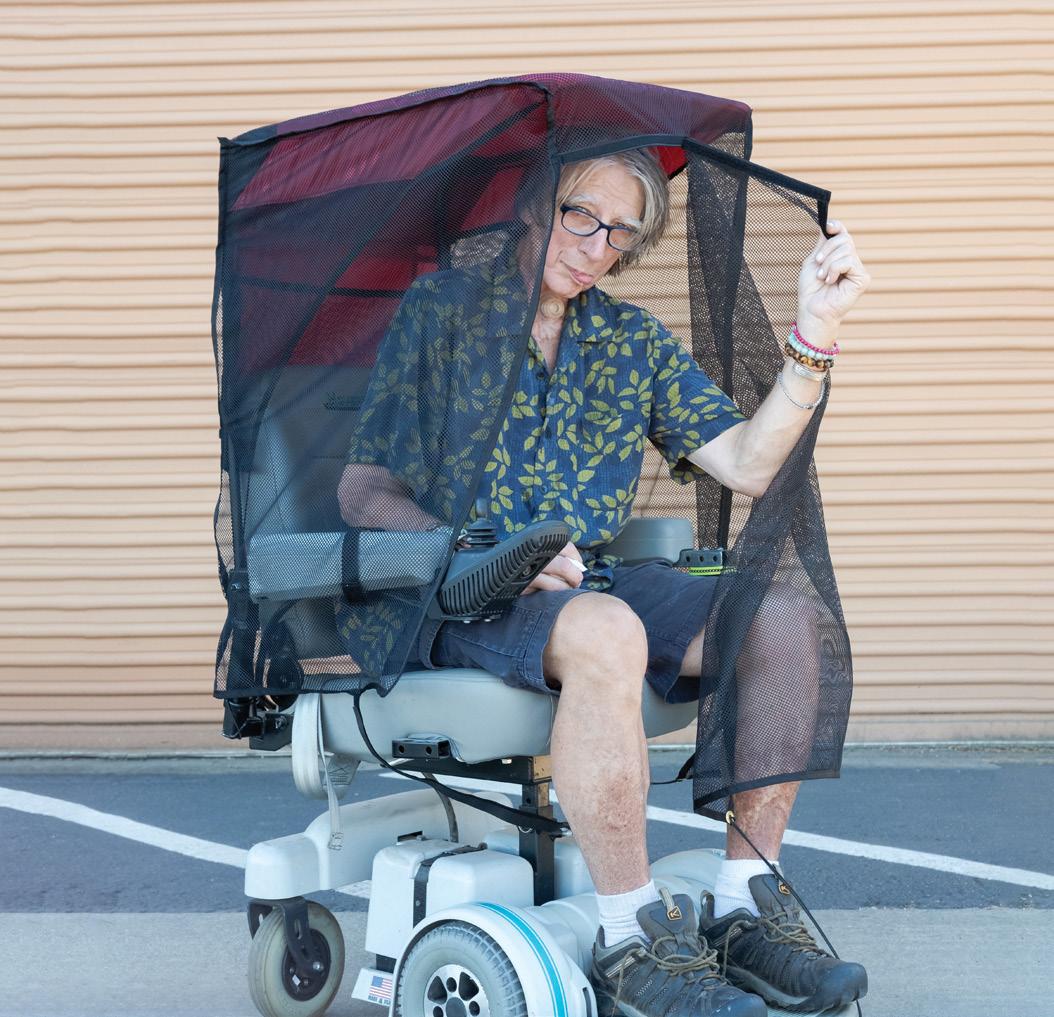
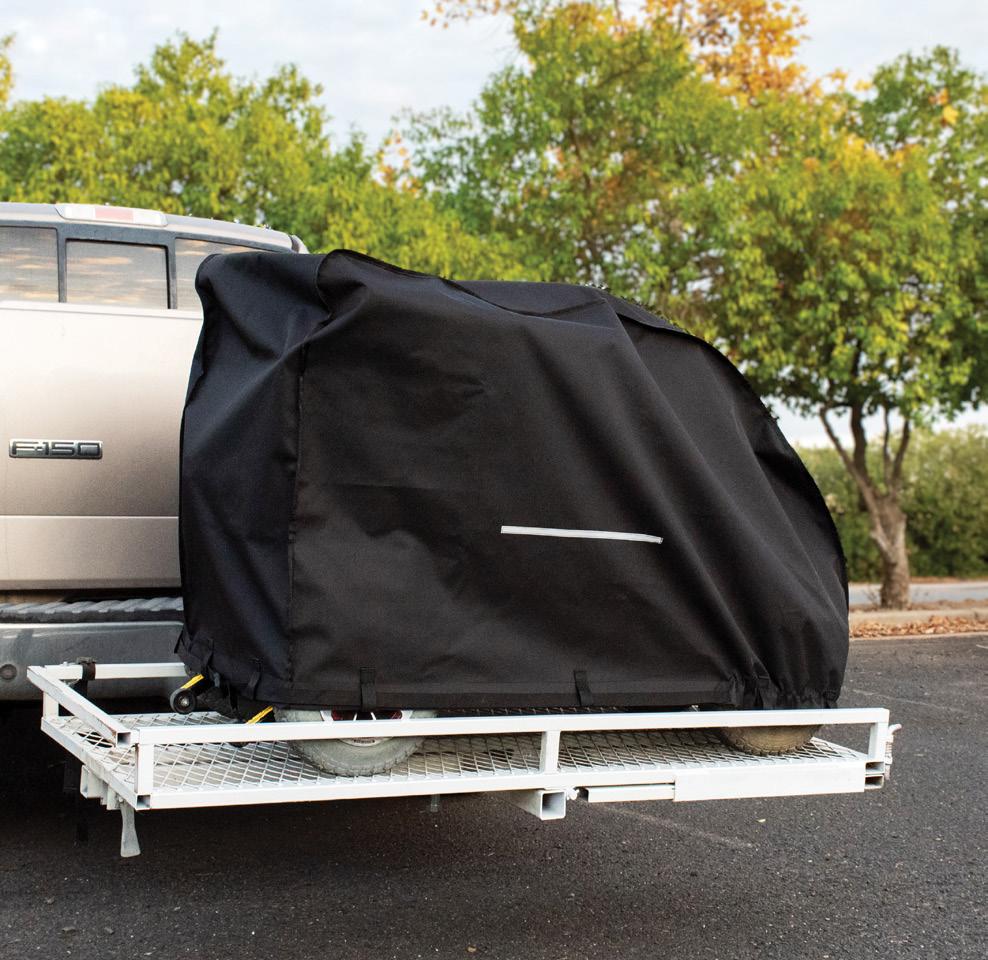
“In a simple form, it refers to the interface that a client makes with a seat or a cushion or support surface, any type of material,” Van der Heyden said in describing microclimate. “We’re looking at temperature, humidity, and air flow, air movement.”
When considering pressure injury risk, microclimate is not, perhaps, as intuitive a concern as pressure or shear.
Nicole LaBerge, PT, ATP, is the commercial product manager for Permobil Americas.
“I think people are finally realizing that the causes of pressure injury are not just pressure, “ LaBerge said. She added that while it seemed logical that pressure wasn’t the only cause of pressure injuries, it’s taken research and astute investigation to determine that whether micro-climate is well managed or poorly managed can impact outcomes, including pressure injury risk.
The mechanics of microclimate
“We still don’t know exactly” what the optimal microclimate for wheelchair riders is, Van der Heyden said. “However, we know that increased temperature and humidity make skin more vulnerable. The European Pressure Ulcer Advisory Panel (EPUAP), National Pressure Injury Advisory Panel and Pan Pacific Pressure Injury Alliance in 2019 extended clinical guidelines said wetness of an interface plays an important role in this mechanical interaction between skin and a medical device. The more wet your skin becomes, the higher the friction component and tissue deformation resulting from any frictional sliding movement and shear force will become.
“So usually when skin is exposed to warm and moist conditions, it becomes weaker, less stiff and affects the load transfer from the skin to deep tissue. We know that bodycore and skin-surface temperatures influence water loss or sweating. And then we’re talking about sweating and evaporation of this moisture. That depends on the local and ambient humidity. So the local humidity would be your climate, and the ambient
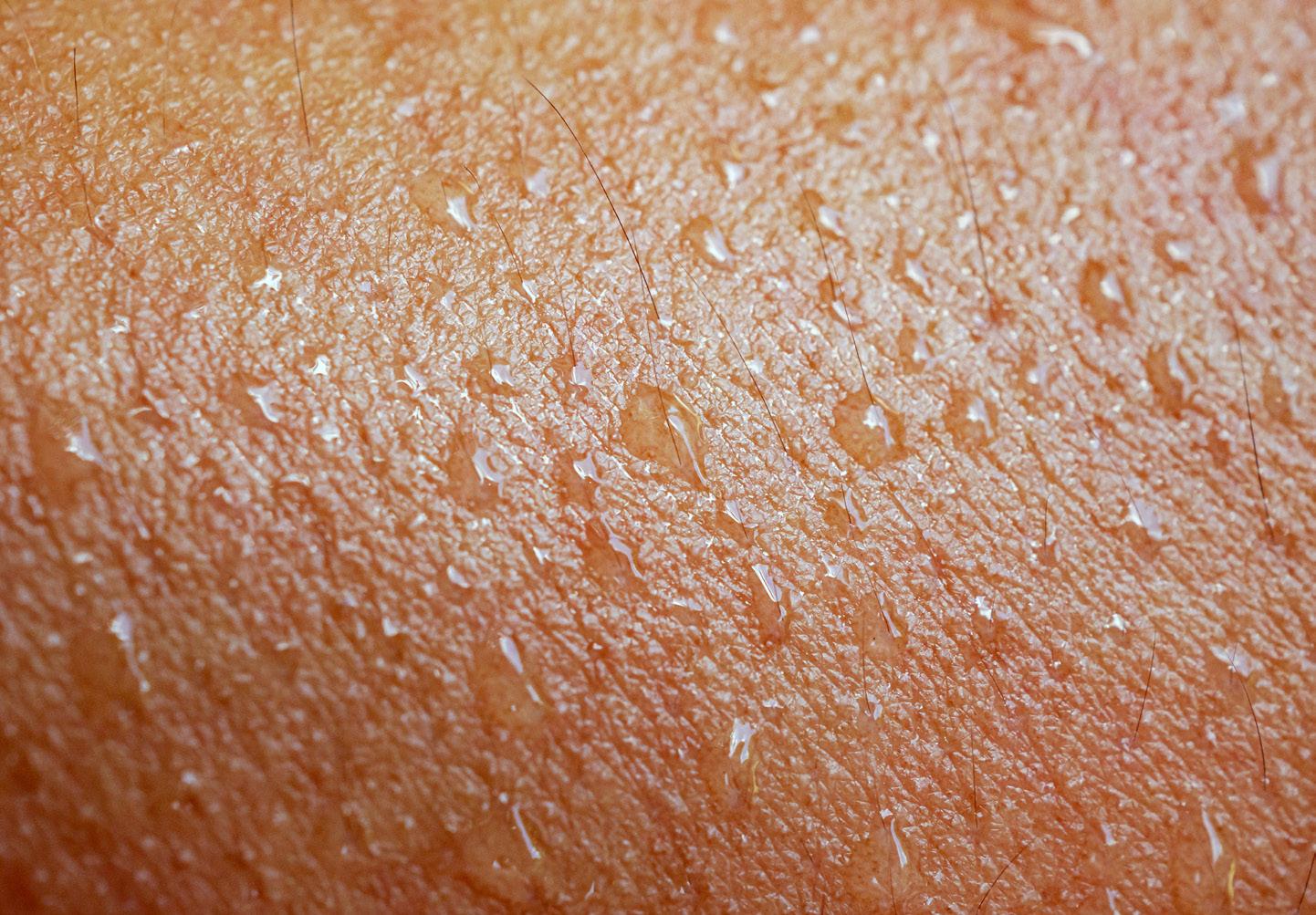
would be the interface, and that will be microclimate. We know that will influence that friction property, and the magnitude of the friction component increases will actually also influence the amount of forces acting on the body and therefore the deformation of tissue.”
Van der Heyden referenced moisture-associated skin damage, “an umbrella term for all kinds of possibilities of having excessive moisture. It can be incontinence-associated dermatitis, for instance. We know mechanical, physical and chemical irritation of that skin might trigger inflammation and skin damage. I would call those microclimate issues to some degree. It’s not perspiration; it’s linked to incontinence, perhaps. But that’s then a physical and a chemical irritation of the stratum corneum,” i.e., the outermost layer of skin.
What microclimate areas should be monitored?
“Any area in contact with a support surface,” the Sunrise Medical team said. “Increased interface pressure while sitting
The more wet your skin becomes, the higher the friction component will become — Bart Van der Heyden
reduces blood flow to high-risk areas, especially the ITs [ischial tuberosities] and sacrum. Higher skin temperature increases tissue metabolism and demand for oxygen and nutrients (about 10% higher for 1°C raised). Increasing skin temperature seems to be associated with general decline of skin resistance to damage. Temperature and humidity affect the structure and function of the skin, lowering damage thresholds for the skin and underlying soft tissues.”
While all clients should be aware of microclimate, some are at greater risk.
“We know as we get older that our skin naturally gets more dehydrated,” LaBerge pointed out as one example. “You have less moisture in your own body, and you could also have a change in your ability to regulate temperature; as an example, you are all of a sudden warm in the middle of the day for no reason. That can have a huge impact on your skin integrity compared to what was occurring a couple years ago.”
“Yes, there needs to be awareness of microclimate management for all riders; however, some are at higher risk than others,” the Sunrise Medical team said. “Anyone with the inability to regulate temperature, has excessive sweating, or is prone to incontinence has the potential to create an unhealthy microclimate between the body and the support surface. Individuals with spinal cord injury may
Complex Seating. Simplified.
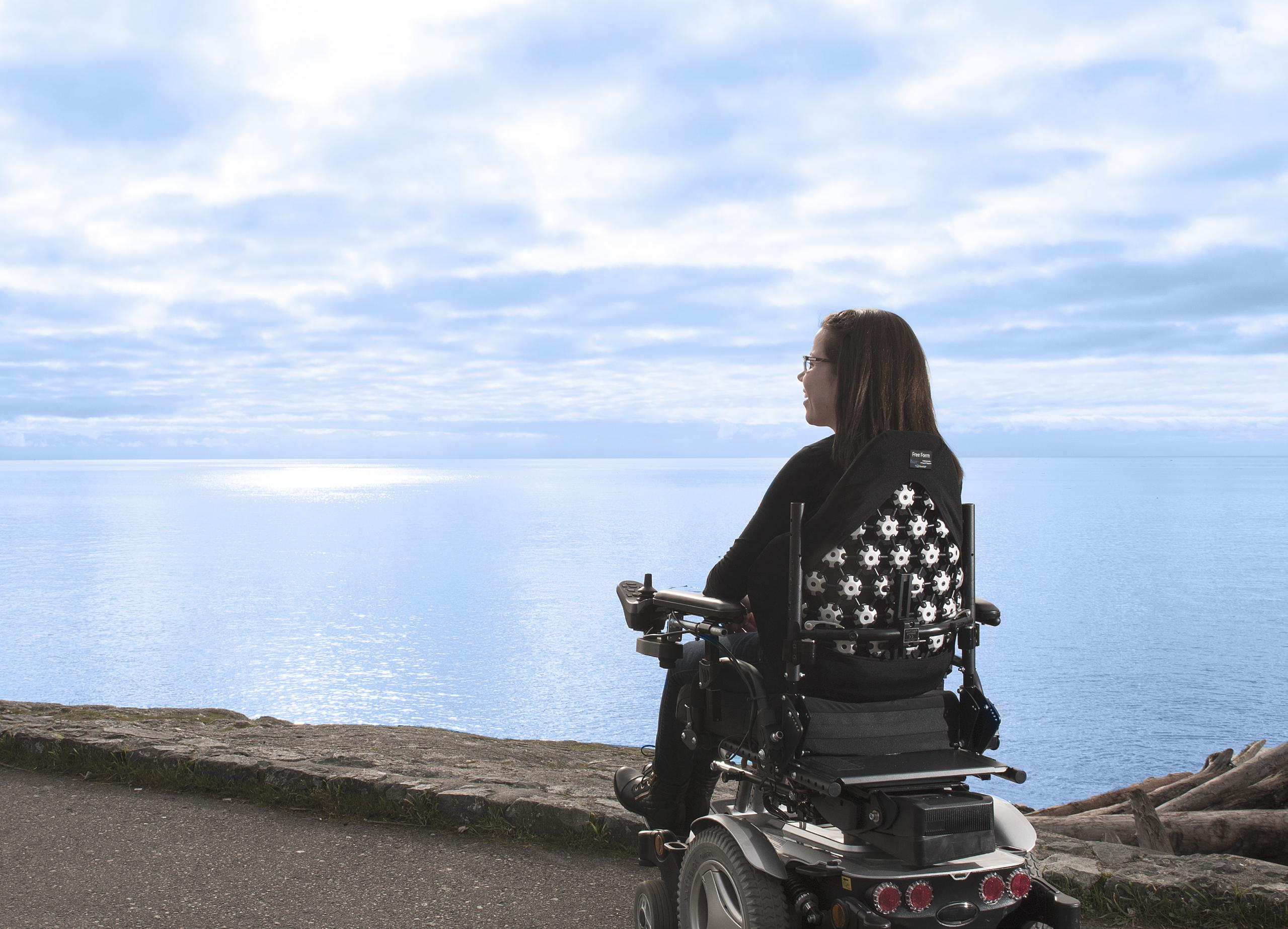

www.symmetric-designs.com
Fit a custom molded back in one appointment
Single tool adjustment
Completely ventilated custom seating
HCPCS Coded E2617 and E2609
Demos available
Beat the heat with for fully ventilated custom seating! StimuLITE ®
Back Kits available with a full range of sizes, shapes, padding/covers and mounting options.
have a hard time regulating temperature or have dysreflexia. In these instances, where body temperature as a whole is increased or a person is sweating above the level of injury, methods to control this may be a goal through the body contact surfaces.
“For individuals with bariatric conditions, skin issues can arise due to folds in the skin that harbor moisture or have a higher body temperature. Increased sweating can lead to moist skin. People with multiple sclerosis potentially have impaired sweat glands, reducing the body’s ability to control body temperature.”
The Sunrise Medical team also listed generally reduced mobility — such as difficulty or inability to independently change positions, as well as spending more time seated compared to someone capable of independent ambulation — as factors that can make microclimate more difficult to manage.
As the industry’s understanding of microclimate has evolved, manufacturers have stepped up their microclimate focus as well.
Sam Hannah, CEO of Symmetric Designs, has also served as an Assistive Technology Professional (ATP). Among Symmetric Designs’ lines is the Free Form custom-molded seating solution.
“Looking at a wheelchair user’s seating system, the largest part of their body that’s making contact with the seating surface is typically their back,” Hannah said. “Their back typically has a lot of bony prominences with the spine, the scapulas. With wheelchair users that are not as active, not as mobile, that pressure is more constant; there’s less weight shifting. So, with a modular seating system, it’s really quite important to distribute pressure. You can’t eliminate pressure, but distributing pressure as much as you can throughout that surface is going to reduce overall pressure and support the person in the desired posture. With a system like Free Form, you have that added benefit of air flow right through the custom mold, which is going to dissipate heat, dissipate moisture, and lead to overall better skin integrity.”
Symmetric Designs also offers the Respira back support, available with both passive ventilation through its padding and cover, and an active fan system. The Sport version of Respira features Stimulite honeycomb padding, while the Respira Comfort has perforated cooling gel-foam with a stretch 3D air mesh cover.
“When we designed our Respira Sport line in particular, we wanted to take into account that people are going to be quite active using this, and as a result of that, there would be increased body temperatures, more perspiration,” Hannah said. “We wanted the ability to sanitize the system, to fully wash all the materials and have everything be durable.”
Hannah added that Symmetric Designs is in the application process to get a HCPCS code for Respira to improve funding opportunities in the United States. “I would love to see microclimate become a more prominent aspect of justification for funding of different types of products that enable better microclimate control,” he said. “The aspects [payers] look at typically for wheelchair back supports are the level of posture, the lateral depth, the weight capacity. But in our funding applications or our coding applications, microclimate really hasn’t come into play as an aspect that they
would look at as potentially saving them costs in terms of better skin integrity down the road.”
For clients with incontinence issues, LaBerge suggested taking a closer look at cushion options while keeping microclimate in mind. Wheelchair riders wearing incontinence pads or briefs “still need to change those out [promptly]” to avoid having their skin be in contact with bodily fluids, bacteria, etc., for long periods of time.
As for cushion choices: “[Manufacturers] put incontinence liners on our products to protect the product, not the user,” she said. “[Clients] think, ‘I’ll just get an incontinence liner for my foam cushion.’ That’s great; that’ll help your foam last longer. But if you are incontinent, that moisture and wetness are still going to be touching you. So that’s not the complete solution. We still need to get you dry or in an offloading position so you’re not having trapped moisture.”
Another recommendation could be for funding sources to pay for a second seat cushion cover so a wheelchair rider could wash and dry one cover while using the second cover on the chair.
“How much could [payers] save with preventive equipment — in this case, an extra cover for a cushion or back support?” LaBerge asked. “How much could that save versus the cost of one pressure injury and all of the dressing changes and potential hospitalizations? Why don’t we allow for another cover to be included?”
I would love to see microclimate become a more prominent aspect of justification for funding of products that enable better microclimate control
— Sam Hannah
While health care’s understanding of pressure injuries has evolved, understanding microclimate and its outcomes is just gaining speed.
LaBerge gave the example of a patient with a wound who’s in a hospital bed and needs assistance with transfers. “They may have the necessary position changes and even a mattress that allows for air flow,” she said of the support surface. “But then what do people do? They put an incontinence pad on top of that sheet, and then the patient on top of that. They may also put a [patient lift] sling underneath the patient as well. Then they wonder why the wound is not healing. Because now you have the air mattress, sheet, incontinence pad, sling, clothing, dressing, and then the wound. That’s not going to work. There’s a lot of layers in there that are trapping that moisture and the heat and not helping with their microclimate.”
Ideally in such situations, having more caregivers on hand could mean the patient is changed quickly when accidents or leakage occurs, and that wound dressings are changed right on time (with no “rationing” of dressings needed). Perhaps the sling could also be used only during transfers.
But in addition to education, LaBerge said more research is needed to show “that in this scenario, microclimate was poor and skin was


Change your LED lights to any color on the RGB spectrum at any opacity or brightness through the MyPermobil app.

Scan to learn more
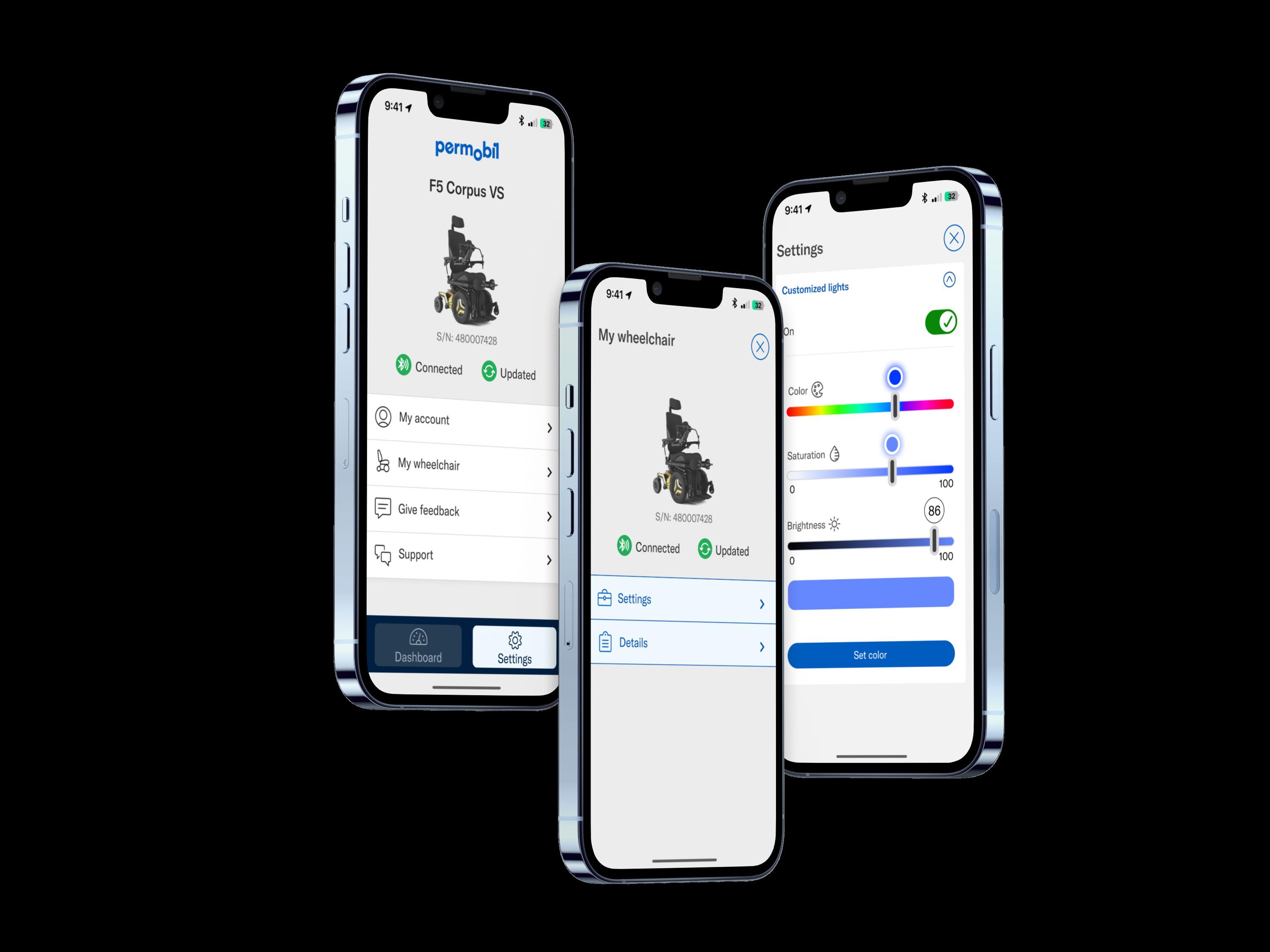
*Available on Permobil power wheelchairs with Power Platform electronics
breaking down faster. Or their healing was slowed because they were sweating, something that external factors could possibly assist with. We have to show the things we’re suggesting are necessary. I think that’s hard because we know how long research takes, and we know how long it takes to change policies. Simply providing preventative equipment (e.g., at least two covers for cushions and back supports) or insurance funding the necessary number of dressings for the wound could have a huge impact on overall health-care savings.”
“It’s all about education,” Hannah said. “A lot of this research that Bart in particular has been doing is quite new and evolving as well.”
Van der Heyden agreed, but added that NPIAP and EPUAP guidelines do exist. “It’s not like there is no link between skin integrity and microclimate,” he noted. “It’s evidence based, and it’s researched. I think it just translated better into the nursing field, perhaps because they have this moisture-associated skin damage issue, and they have microclimate often linked to incontinence issues. I think there is a huge awareness of it.
“I also think that a lot of skin damage from microclimate is not always managed best with pressure redistribution surfaces. For instance, if you have skin damage from moisture-associated skin damage, then perhaps your answer could be a different [cushion] cover and not a new cushion. But of course, we know it’s an additional risk. It’s definitely documented. I think just for the seating world, it’s a relatively new thing to look at.”
“When we explain microclimate to people and why they should be looking at it, it’s a no-brainer, really,” Hannah said. “Just go for a drive in your car on a hot day. How is your lower back? People just naturally perspire, but then think about someone who is in a mobility device all day and they’re not able to get out of their seat and air out. Just look at it from a very simplified perspective and how that affects people that have limited mobility and don’t have the ability to weight shift.
“It comes down to education, clearly explaining or reminding people that heat is an issue.” m
Truly managing pressure injury risk requires a wide-angle lens that takes in everything a wheelchair rider does — and everywhere that rider sits — all day long.
“People think it was just that car ride over the weekend or sitting on a commode for too long that caused this pressure injury,” said Nicole LaBerge, PT, ATP, commercial product manager, Permobil Americas. “They think, ‘It happened in that half hour or hour, but now it’s going to be better within a week or two.”
When healing doesn’t happen, LaBerge said, wheelchair riders can get confused: “They’re thinking, ‘I’m doing all the things I’m supposed to do. I’m offloading, I’m reducing my shear. What else is there?’
While working in a wound clinic for five years, LaBerge observed the multidisciplinary approach that now shapes the way she views pressure injury risk.
“I was doing the seating and the positioning and all of the support surfaces, because we can’t forget about beds and commodes and toilet seats,” LaBerge said of her time at the wound clinic. “But then it was so important to also have that nurse practitioner or that physician saying, ‘OK, what are you doing for your protein intake, and what are you doing for your hydration? Are your blood sugars through the roof, and is that breaking down your cells while we’re trying to rebuild them?’ I think that’s the other part of this. With microclimate, truly the temperature and the moisture right between your skin and the support surface is a big factor. But it’s not the only one.”
Specifically for microclimate considerations, LaBerge learned to consider where her patients were living — were heat and high humidity common, for example? — as well as a patient’s incontinence level.
“I’ve had clients who would say, ‘I was constantly leaking, so I went with the surgery to get a suprapubic catheter.’ Well, that could still leak depending on their positioning or if they’re still sitting for a long time and they’re not good at regulating their own temperature.

Maybe they got rid of urine incontinence, but now they’re sweating more because they’re sitting, and they’re not thinking about doing a position change or getting up to use the toilet or the commode.” Managing pressure injury risk, therefore, is a constant exercise in assessing and reassessing how a wheelchair rider is sitting, moving, eating, hydrating, weight shifting, etc.
“I think it’s an overall checklist, but it’s a checklist every single time for that individual as well,” LaBerge said. “If they were really great for a couple months and now they’re starting to get skin breakdown, you can’t just go back to that one factor that caused it before. It’s looking at the whole situation again — their individual or personal environment as well as their external environment.
“Are they smoking? Are they drinking sugary drinks all day? Did they have a loss of income so now they’re not eating as healthy as they did before? I think sometimes we forget that something that worked for this person isn’t going to work for everybody. Every person is unique.” m

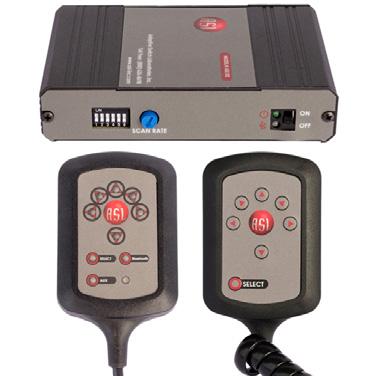
The UNO Single Switch Scanner with Bluetooth was designed so a person with one constant switch site could control multiple devices with one switch. This includes power chair movement, seat functions, phones, tablets and communication devices. The standard attendant control works with the drive control without totally taking over or changing to another drive setting. While in Bluetooth or auxiliary mode, the client can use a phone or communication device as the attendant controls the chair. The UNO is for persons with multiple sclerosis, ALS, spinal muscular atrophy, locked-in syndrome, high-level spinal cord injuries, or anyone who has only a single constant switch site.
Adaptive Switch Laboratories Inc. (800) 626-8698
www.asl-inc.com

Designed for growing kids and busy families, the Strive is a lightweight mobility option for children with disabilities. Its foldable frame makes it easy to take anywhere, while features like a five-point harness, adjustable seat depth, and swing-away footrests offer the support kids need to be comfortable and secure. Whether navigating sidewalks or school hallways, caregivers will love the effortless push, padded handles, and compact fold. The Strive is available in 12", 14", and 16" seat widths to grow with a child through adolescence. Accessories include a canopy, under-seat storage basket, headrest, positioning wedges, anti-tippers, and transit tie-down brackets.
Circle Specialty (718) 943-6452
www.circlespecialty.com
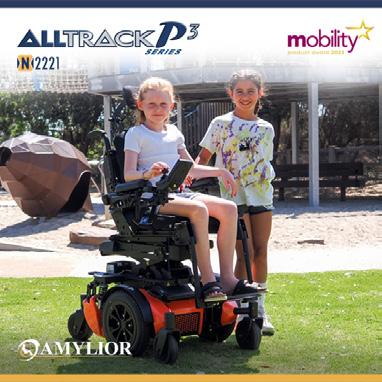
This mid-wheel-drive chair has full-sized power in a compact base. Dual-Action suspension is tuned to give lighter users maximum stability, vibration dampening and comfort. An awardwinning narrow configuration has a 21" base width with 12" or 14" drive wheels, 6.5-mph 4-pole motors, and Group 22 batteries. For exploration and growth, it is available with many power positioning modules, including ALTA 11" power seat elevation with drivewhile-elevated capability. The chair is available with R-net electronics and can interface with specialty drive controls programmed for the child’s abilities. The system grows with the user, with seat sizes from 11x11" to 16x16".
Amylior Inc. (888) 453-0311 www.amylior.com
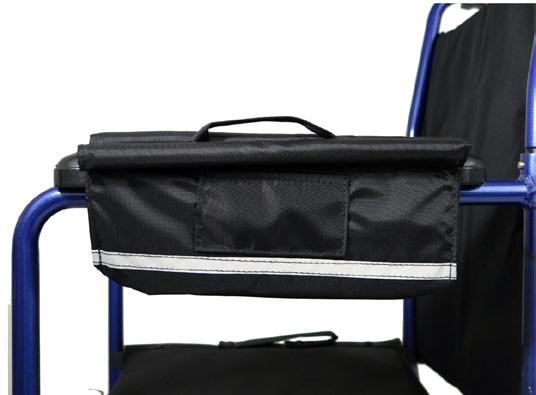
For active kids of all ages — and their families — Diestco’s armrest pocket attaches to a wheelchair’s armrest to provide a handy storage space for cell phones, glasses, pencil cases, granola bars, and other little childhood treasures. The pocket’s smaller size makes it compatible with manual wheelchairs without causing wheel interference. The armrest pocket is made from high-quality, water-resistant nylon, with 300-yard reflective tape for added visibility, convenience and durability. The approximate dimensions of the armrest pocket are 11"x5"x 3". Check out Diestco’s website for more accessories for power and manual wheelchairs.
Diestco Manufacturing Corp. (800) 795-2392 diestco.com

Stabilize the ankle and foot without causing pressure! Bodypoint’s ankle huggers are available in a range of sizes, starting at extra small. Revolutionizing foot positioning, ankle huggers help balance the lower body in response to upper-body movements. Their innovative, patented design provides a more stable, comfortable and dynamic alternative to rigid shoe holders or foot straps. Unique laminar pads evenly distribute pressure around the ankle. Synthetic leather reinforcing material increases support where it’s needed. The Achilles flex-zone on the back panel adds flexibility for a comfortable fit. The low-profile ErgoLatch buckle is secure yet easy to open.
Bodypoint (800) 547-5716
bodypoint.com
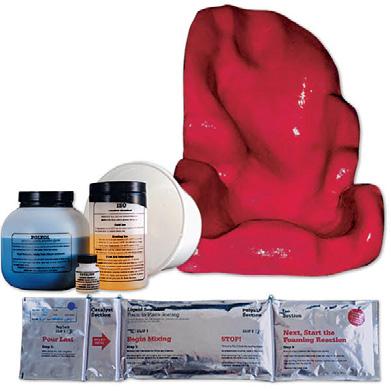
Liquid SunMate Foam-in-Place Seating (FIPS) is a direct custom-molding seating system used to help correct or slow progressive deformities and improve body functions through fixed posture control. The FIPS liquid foam rises within minutes around the body contour and cures to an open-cell viscoelastic foam. The finished SunMate cushion redistributes pressure evenly for management of tissue loads, and is easily modified to accommodate belts, harnesses, Pudgee, gel or air-cell inserts, or adjustable supports. FIPS is ideal for pediatrics as a quick, affordable way to mold new cushion inserts as a child grows. FIPS can be used on its own or with fabric-finished molding bag systems.
Dynamic Systems Inc. (855) SUNMATE www.sunmatecushions.com

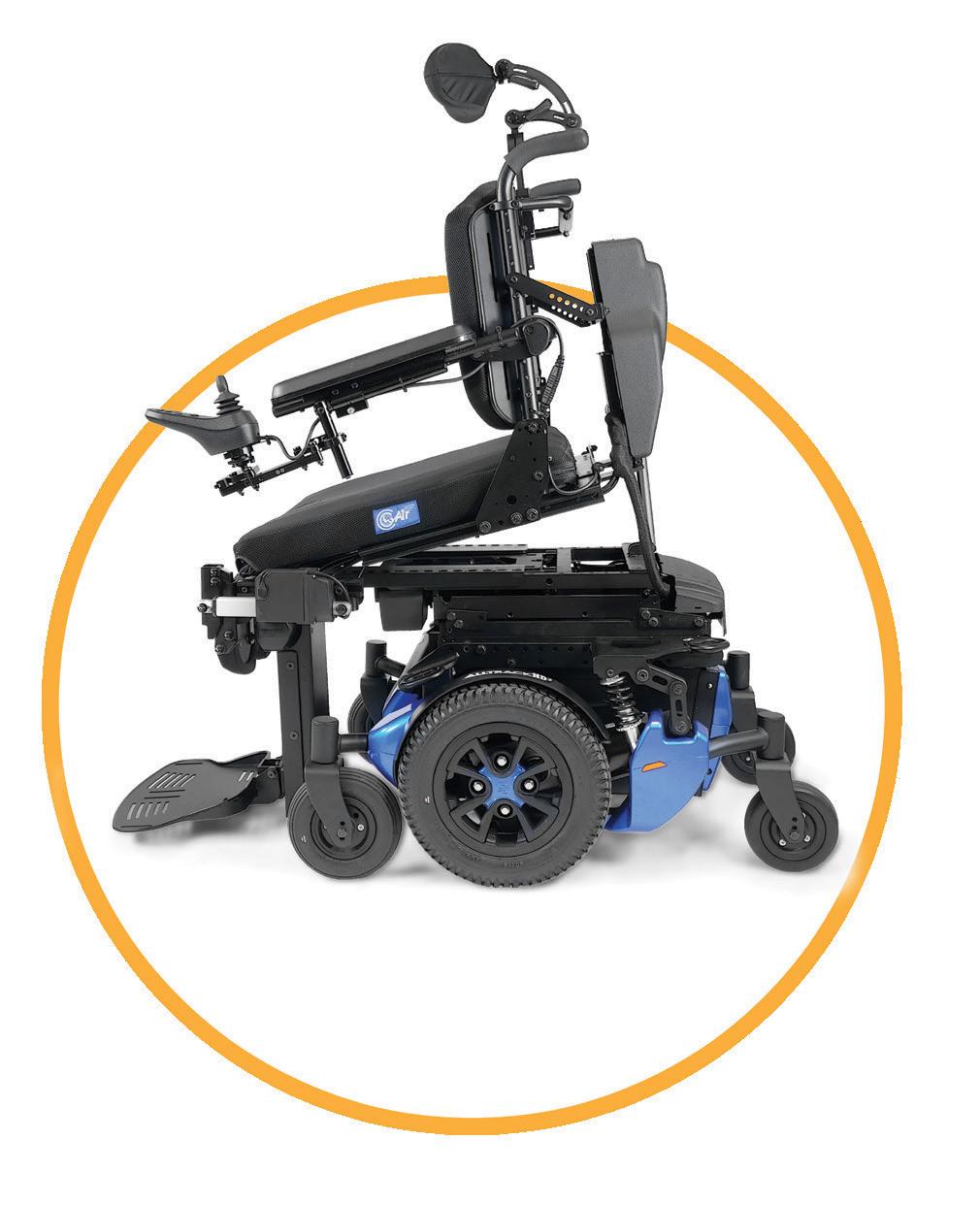
▪ Alltrack M3-HD & R3-HD for user weights up to 450 lb.
▪ Alltrack HD3 for Very Heavy-Duty users up to 550 lb.

▪ Every Alltrack has our Patented Dual-Action Suspension System.
▪ Full range of Power Positioning options.
▪ Our HD PWC have very low Seat-to-Floor Heights.


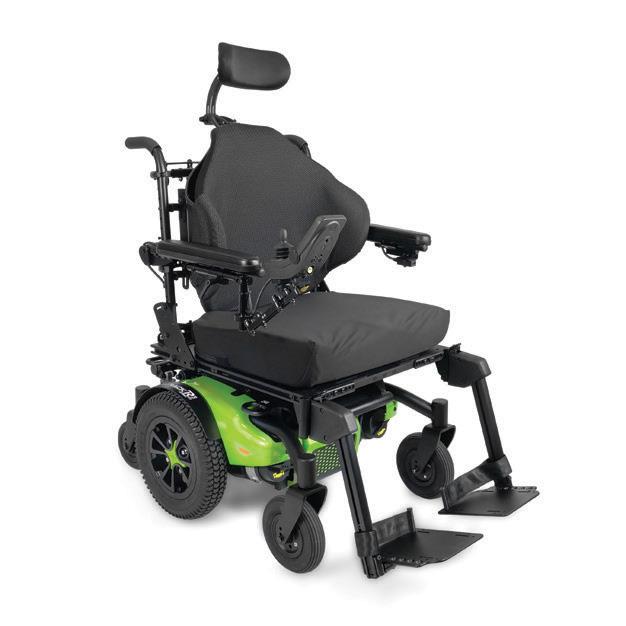


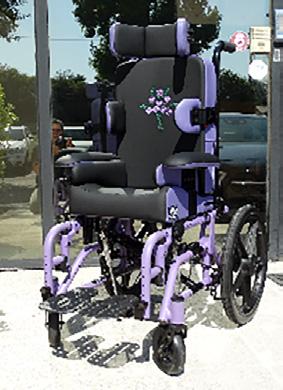
Freedom Designs has four wheelchair lines — NXT (pictured), Spectrum, ProCG, and NXT Mini — to meet a range of user needs. The NXT Folding Tilt-in-Space supports widths of 10-20" and depths of 12-26", offering superior adjustability and comfort. The ProCG Tilt-in-Space, in 12-20" widths, includes optional recline for enhanced positioning and clinical support. The Spectrum is a lightweight manual chair for active users, with folding or rigid frames, precision handling, and customizable configurations for everyday performance. For smaller users, the NXT Mini Folding Tilt-in-Space offers widths of 10-12" and 11-14", both with 14" depths, ideal for early-intervention and pediatric needs.
Freedom Designs (800) 331-8551 www.freedomdesigns.com
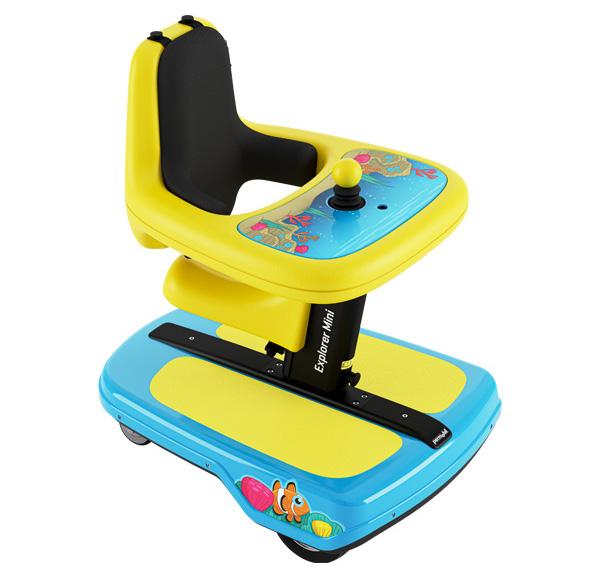
The ability to explore is critical for toddlers, especially those with mobility impairments. Enter the Explorer Mini to facilitate self-initiated movement and early exploration for children 12-36 months old. It helps to promote safe, stable upright postures, strength, endurance and postural control. Weighing 52 lbs., the Explorer Mini can go wherever a family goes. Seat-to-floor height adjusts from 12.1" to 21.7"; the device supports a user height up to 39" and a weight up to 35 lbs. On-time mobility causes a cascade of cognitive, social, emotional and spatial skills that provide opportunities for growth. The Explorer Mini aims to improve kids’ futures early on.
Permobil (800) 736-0925
www.permobil.com/en-us
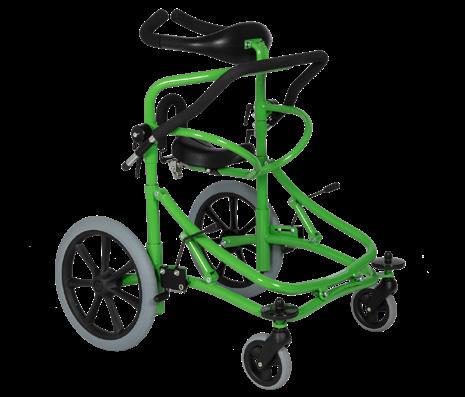
Dynamic spring-assist movement: As the child using the Meywalk or Miniwalk gait trainer steps forward, the spring compresses and assists with the swing-through portion of the gait. These gait trainers are easily adjusted to provide more or less assistance as needed as the child or adult acquires skill and strength. The larger Meywalk has a lever lift system to allow for easier transfers from a sitting to a standing position. The Meywalk and Miniwalk gait trainers are available in four sizes, from early intervention to adult, with weight capacities up to 250 lbs.
Pacific Rehab (833) 776-1080
www.pacificrehabinc.com
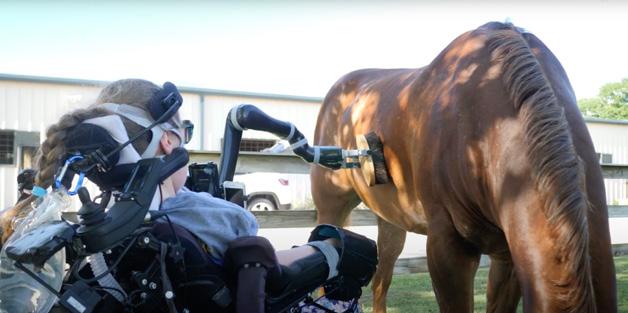
The Jaco Robotic Arm attaches to a power chair and provides an arm and a hand for the user. It is operated with the same controller used to drive the wheelchair (joystick, head array, sip and puff). Kids are naturals when using Jaco! In addition to using it to eat, drink and open doors, students can use it to carry books, raise their hand in class, open lockers, paint, hold a microphone to sing, and play board games. The youngest user so far is 5 years old. The O110 Mechanical Arm Support assists individuals who have difficulty raising their arms due to weak shoulder muscles. Its adjustable setting allows the arm to become weightless, which allows full range of motion with much less shoulder effort.
Partners in Medicine/Kinova (314) 324-2470
partnersinmed.com
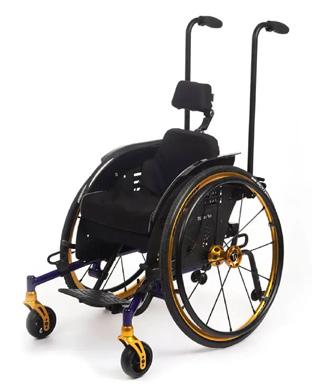
The TiLite Pilot is a lightweight, adjustable pediatric wheelchair designed to grow with the child while providing optimal maneuverability. With built-in forward growth adjustment, kids get efficient rear-wheel access from the start: No need to relearn push mechanics. The ultralightweight design is 50% lighter with carbon fiber frame panels for easy navigation and transport. For seating professionals, the Pilot features quick, tool-free adjustments: Seat pan and side panels allow for simple, intuitive modifications. A customizable footrest adjusts down to a 3" seat-to-footrest height without extra parts. Quick-release wheels and transit tie-downs make getaways easier for active families.
Permobil (800) 736-0925
www.permobil.com/en-us

PRM offers three lines of cushions and backrests for wheelchairs in pediatric sizes as small as 12x12". The Signature-Fit line is custom molded (E2609 & E2617). Precision-Fit is custom measured (E2609 & E2617), while Contoured-Fit is off-the-shelf (E2607/E2608 or E2624/E2625). Sizes include 12x12", 12x13", 13x12", 13x13", 13x14", 14x13", and 14x14". PRM specializes in custom seating for kids who require additional postural positioning or skin protection. Choose from multiple options depending on the client’s specific needs, such as modifying a custom cushion; adding inserts of foam, gel or air; multiple incontinence fabrics; and multiple mounting options.
Precision Rehab Manufacturing Inc. (PRM) (866) 776-7342
www.prmrehab.com
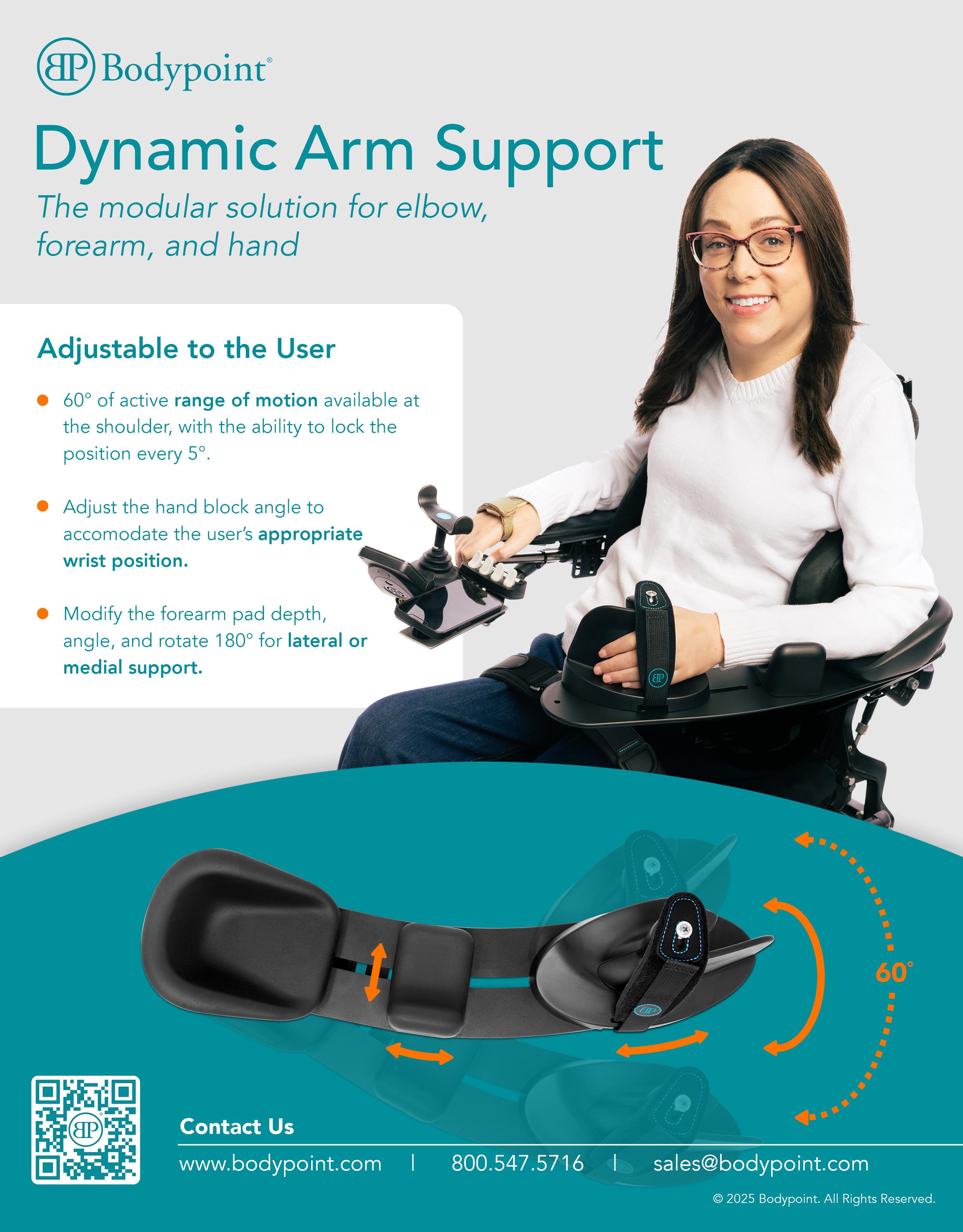
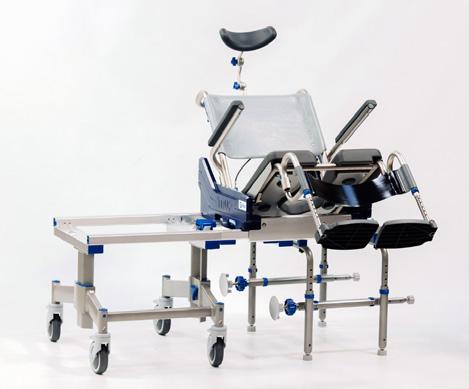
The Trakz line of tub sliders is available with attendant tilt (Trakz-AT, pictured) and without tilt (Trakz-AP Attendant Propel). The Trakz-AT features dual-arc, rotational tilt geometry with 35° of tilt — enough so the client’s feet clear the tub wall. Rotational tilt geometry also allows the chair to be located closer to the rear wall, providing more room for the client’s feet and legs, and also allowing the Trakz-AT to fit into smaller bathrooms. The Trakz-AP with non-tilting seat requires the client’s legs to be lifted over the tub wall. All Trakz models include a patented Zbrilok safety latch system, tool-less height adjustment, and tool-less horizontal stabilizer adjustments on the tub base.
Raz Design (877) 720-5678 razdesigninc.com
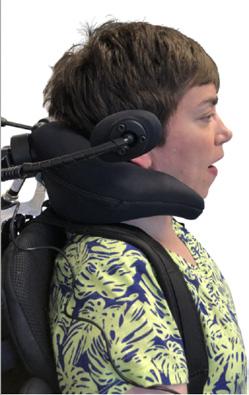
i2i head positioning improves posture of the head and the upper torso. The integrated shape of the i2i provides a foundational connection between the head and neck, providing support at the suboccipital shelf as well as the occiput, depending on the profile height. This shape supports the head while limiting neck hyperextension. Anterior arms promote a midline head position without obstructing shoulder movement. These prevent the client from hooking under the head support and also support the chin prompt. Optional lateral pads limit neck rotation and lateral flexion; kids with muscle weakness and reduced head control may need the pads to be close to the head.
Stealth Products (800) 965-9229
i2i.stealthproducts.com/
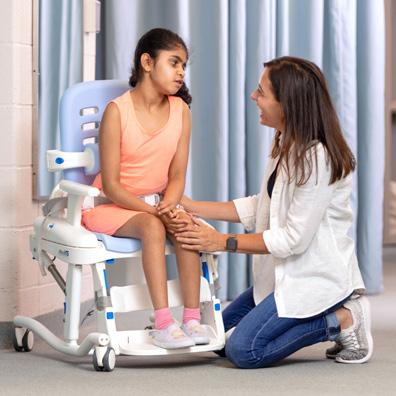
Research has shown the necessity of good toileting for children’s health, so Rifton updated the HTS with that in mind. Hygienic, simple and affordable, new and improved HTS components promote positioning ideal and natural for effective toileting. The optional seat pad opening — open to the rear for larger clients — facilitates clear access for cleaning and hygiene. The portability kit provides clients with greater independence. Molded foam pads for the back and seat provide comfort for clients and easy disinfecting for caregivers. Gas-assisted tilt-in-space enables the HTS to tilt 5˚ forward for easier transfer and better toileting position, as well as 25˚ back for showering and hair washing.
Rifton (800) 571-8198
www.rifton.com
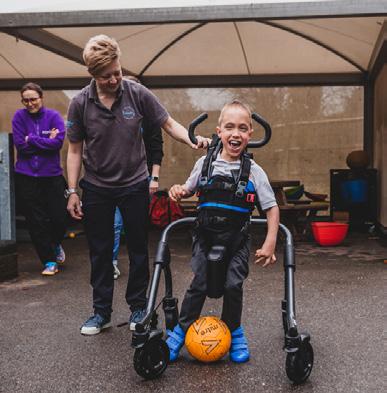
The MyWay+ is designed to help children maintain an upright posture, improve their walking abilities, and increase opportunities for exploration, social interaction, and active participation. Made for children ages 1-16 who need additional trunk support, it offers a wide range of adjustments and accessories. Its robust, multi-functional casters deliver excellent performance both indoors and out, expanding mobility for young users. A key feature is the corset-like harness, providing 360° wraparound trunk support. This design offers sensory feedback, supports low muscle tone, and helps manage high muscle tone, ultimately promoting a more effective stepping pattern.
Sunrise Medical (800) 333-4000
www.sunrisemedical.com/
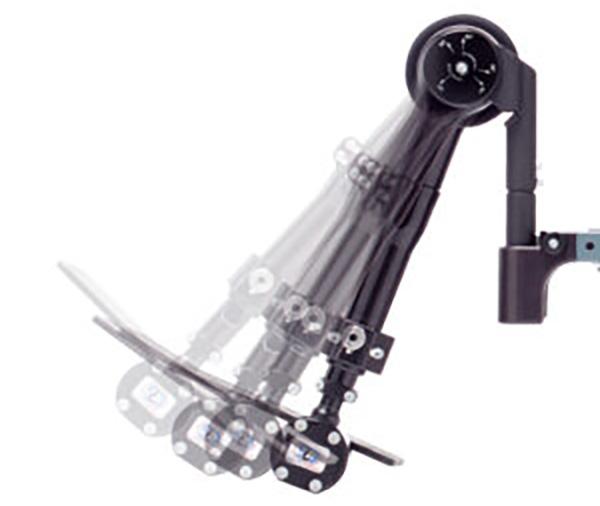
Traditional footrests provide postural support and stability, and distribute weight bearing during sitting. When subjected to significant forces, footplates may move out of alignment, or the footrest assembly may be damaged. Dynamic Footrests move in response to client movement and force. As the client moves, the Dynamic Footrests absorb and diffuse forces, protecting from injury, preventing equipment damage, maintaining posture, and providing therapeutic benefits. Dynamic Footrests move in up to four directions: telescoping downward, knee elevation, dorsi/plantar ankle flexion, and foot rotation. The shortest lower leg length is 6".
Seating Dynamics (303) 848-3838
www.seatingdynamics.com
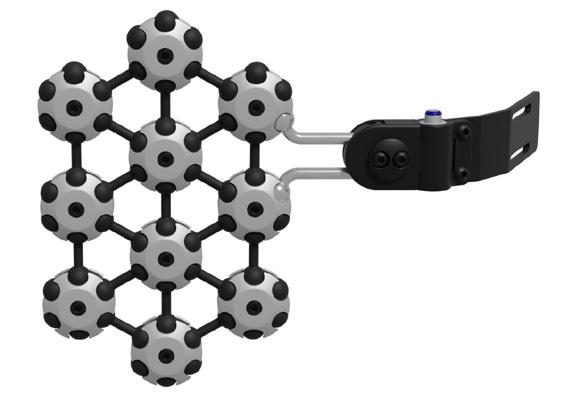
L.U.B.S.
The L.U.B.S. (Lateral Upper Body Support) system is an innovative new approach to lateral support that can be mounted on any wheelchair backrest or to the wheelchair canes. Engineered from stainless steel and aluminum alloys, L.U.B.S. provides strong and secure 360° of pad positioning and contouring to ensure support is exactly where it needs to be. Both backrest and cane options are available. L.U.B.S. Free Form pads provide a moldable solution for trunk support. They’re available in five pre-configured arrays with custom options also available. Each Free Form array comes with Stimulite padding and a breathable cover.
Symmetric Designs (800) 537-1724
www.symmetric-designs.com/lubs